10 Adaptations That Help The Great White Shark Survive

Great white sharks are one of the most iconic creatures on the planet. These apex predators are renowned for their size, power, speed and hunting abilities. However, there is much more to these fascinating creatures than meets the eye. Great white sharks have evolved over millions of years to become highly adapted to their environment, and they possess a range of adaptations that help them survive in the ocean. We will explore 10 of these adaptations and how they help great white sharks survive.
-
Efficient swimmers - Great white sharks are streamlined for efficient swimming. Their torpedo-shaped bodies are designed to minimise drag in the water, which allows them to move quickly and with minimal effort. Their powerful tails, which can generate thrusts of up to 25 miles per hour, are crucial for ambushing agile prey.
-
Strong sense of smell - Great white sharks have a highly developed sense of smell, which they use to locate prey from great distances. They can detect a drop of blood in 25 gallons of water and can track scents over long distances, making them highly effective hunters.
-
Electroreception (Ampullae Of Lorenzini) - Great white sharks also have a highly sensitive electroreception system that allows them to detect the electric fields generated by other living creatures in the water. This adaptation helps them locate prey that may be hiding, camouflaged or in poor visibility.

-
Thermal regulation - Great white sharks have a unique system of blood vessels called rete mirabile, which helps them regulate their body temperature. This adaptation allows them to maintain a higher body temperature than the surrounding water, allowing them to survive and hunt in a range of water temperatures. Another benefit one study found is that endothermic species can swim 2.5 times faster than ectothermic species.
-
Teeth - Great white sharks have rows of sharp, serrated teeth that are perfectly adapted for hunting and killing prey. By shaking their head from side to side, helpless prey is dragged across 50 razor sharp teeth. their teeth are arranged in rows, so if one breaks, another moves forward to take its place. They can have as many as 300 in their mouth at any one time.

-
Counter-shading - Great white sharks have a distinctive white belly and grey dorsal side, which helps them blend in with their environment. This adaptation, known as counter-shading, helps them avoid detection by both prey and predators.
-
Buoyancy control - Great white sharks have an oil-filled liver system that helps them control their buoyancy. This adaptation allows them to move up and down in the water column with ease, helping them conserve energy while hunting and migrating long distances.
-
Adapted senses - Great white sharks have highly adapted senses that help them locate prey and avoid danger. In addition to their sense of smell and electroreception, they also have highly developed vision and hearing, which allows them to detect movement and vibrations in the water. Because their eyesight is so important to their survival Great White Sharks have also adapted to be able to roll their eyeballs back inside their head to protect them when they are hunting.
-
Adapted digestion - Great white sharks have a highly adapted digestive system that allows them to process large amounts of food quickly. They have a short intestine and a highly acidic stomach, which allows them to break down and digest bones, skin, and other tough materials.
-
Longevity - Great white sharks have a relatively long lifespan for a fish, with some individuals thought to live up to 70 years. This adaptation allows them to reproduce slowly and maintain a stable population, even in the face of changing environmental conditions.
In conclusion, great white sharks are highly adapted creatures that have evolved over millions of years to become highly effective hunters and survivors. Their efficient swimming, strong sense of smell, electroreception, thermal regulation, teeth, counter-shading, buoyancy control, adapted senses, adapted digestion, and longevity all play a crucial role in their survival in the ocean. By understanding these adaptations, we can better appreciate these fascinating creatures and how they have survived roughly 40 million years remaining relatively unchanged.








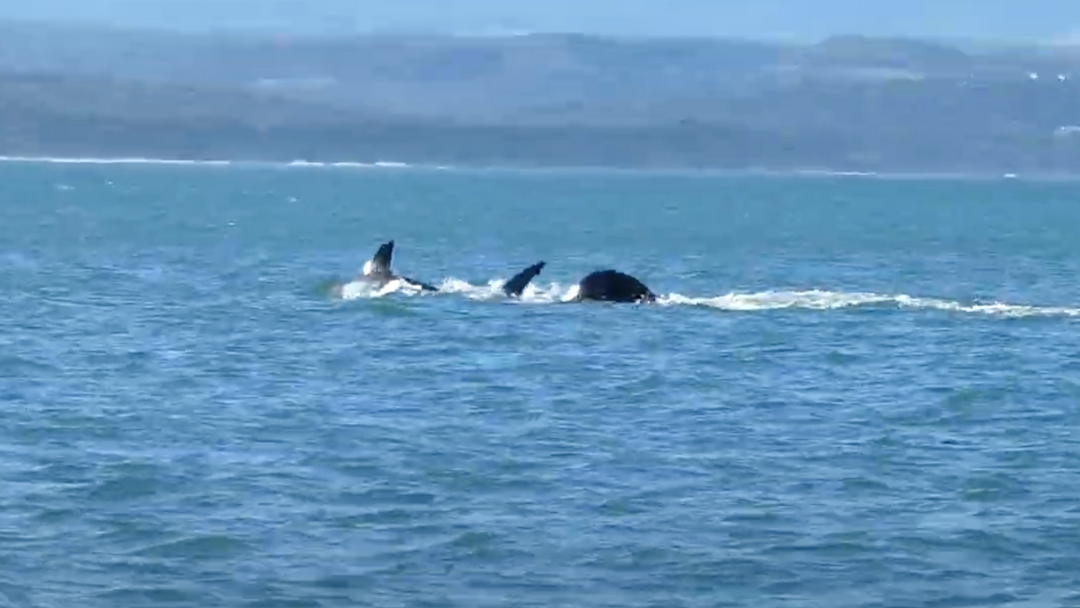
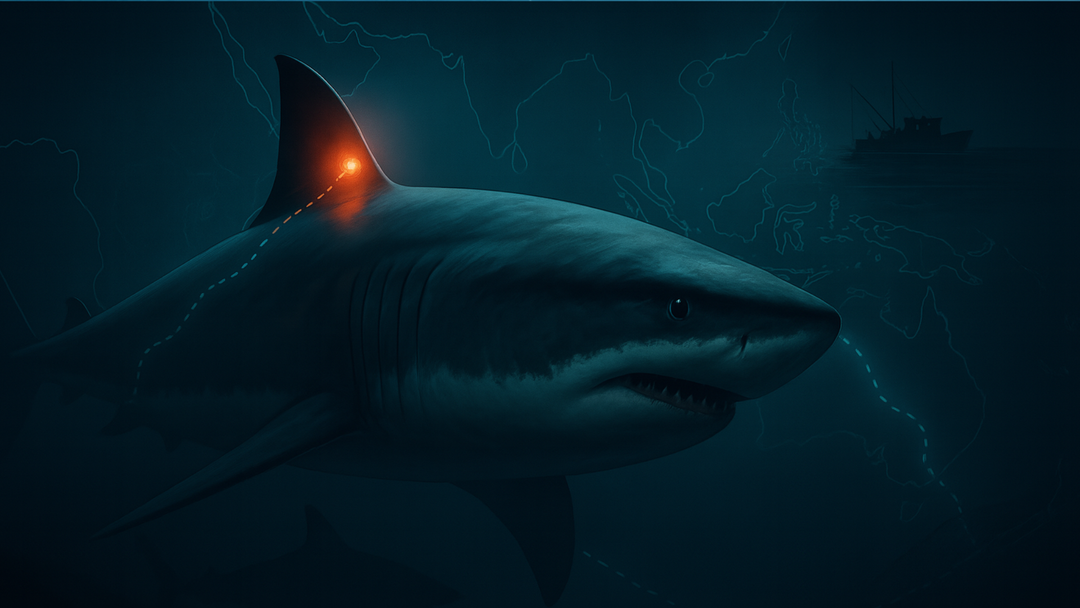
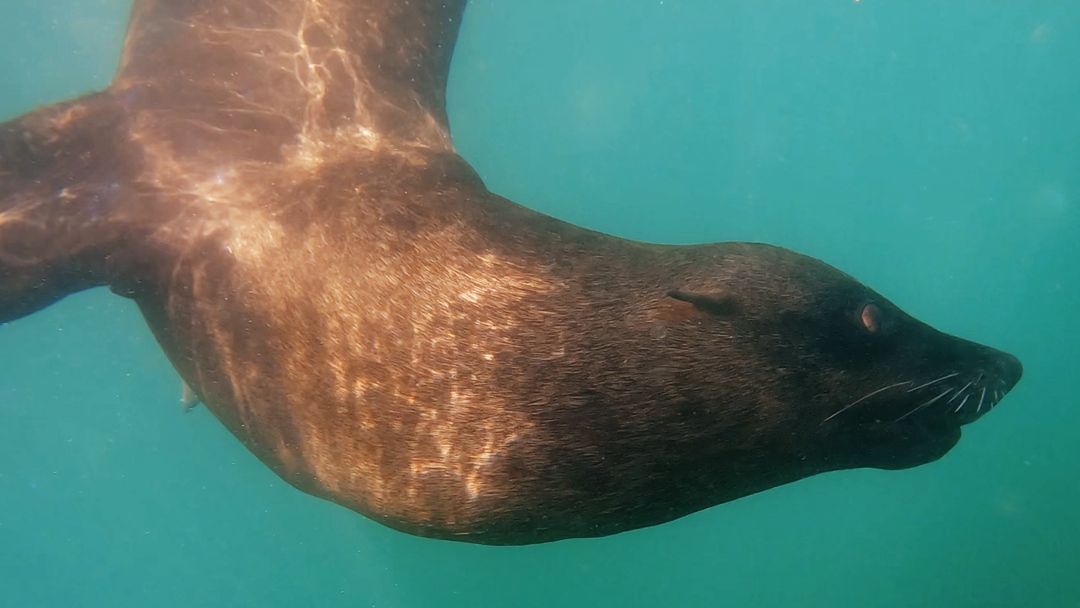
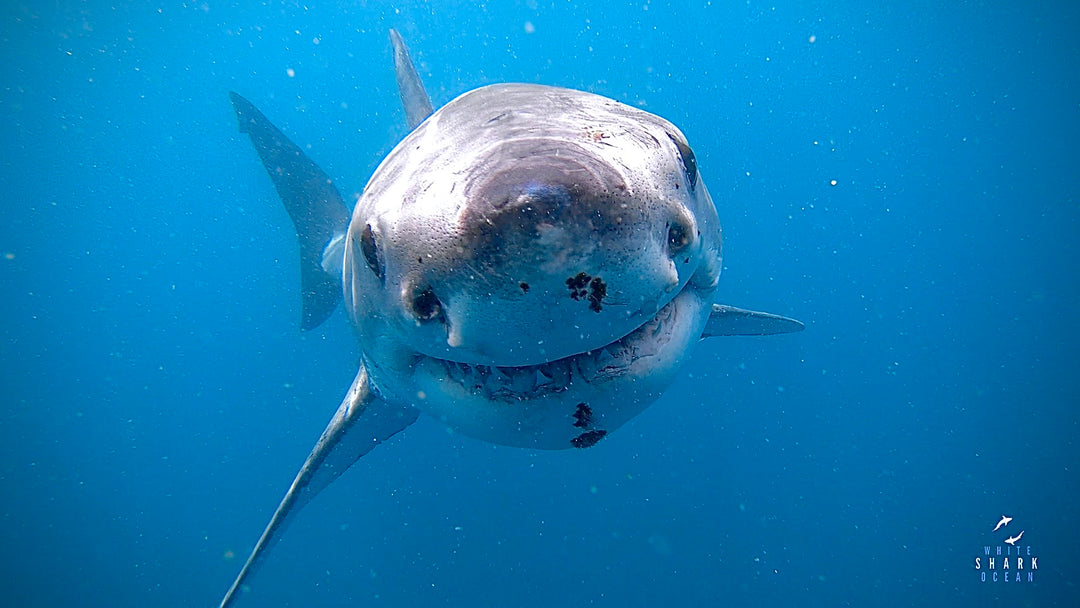
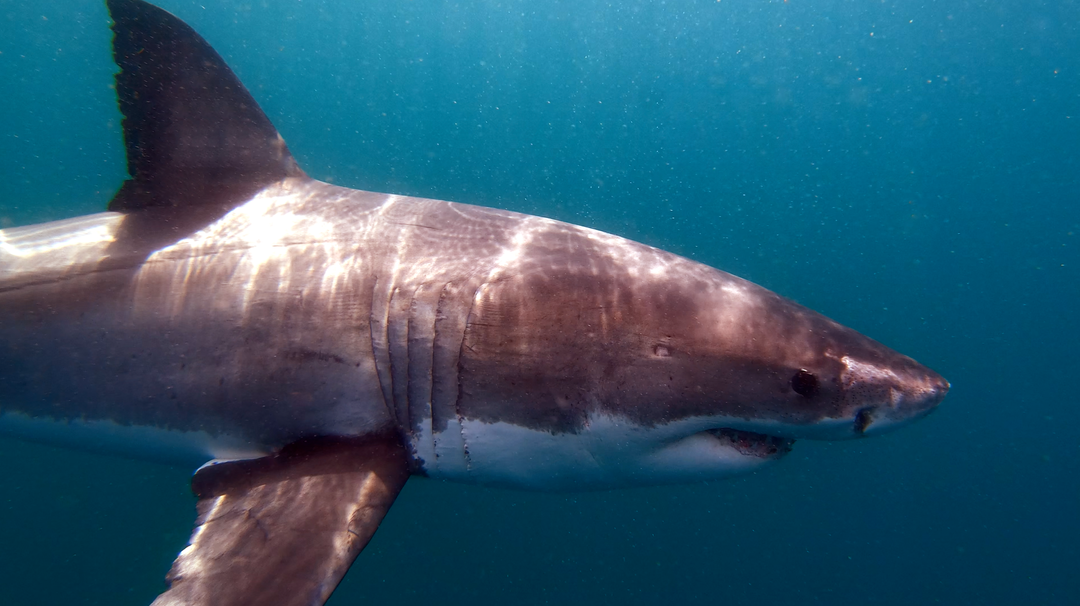

DRake is here
hi
COMMENT ‘I AM THE SIGMA’ IF YOU ARE A SIGMA
I lovvvve thissss! ;3
Thx FOR THE FAXX LOLOLLOOL👍
Leave a comment